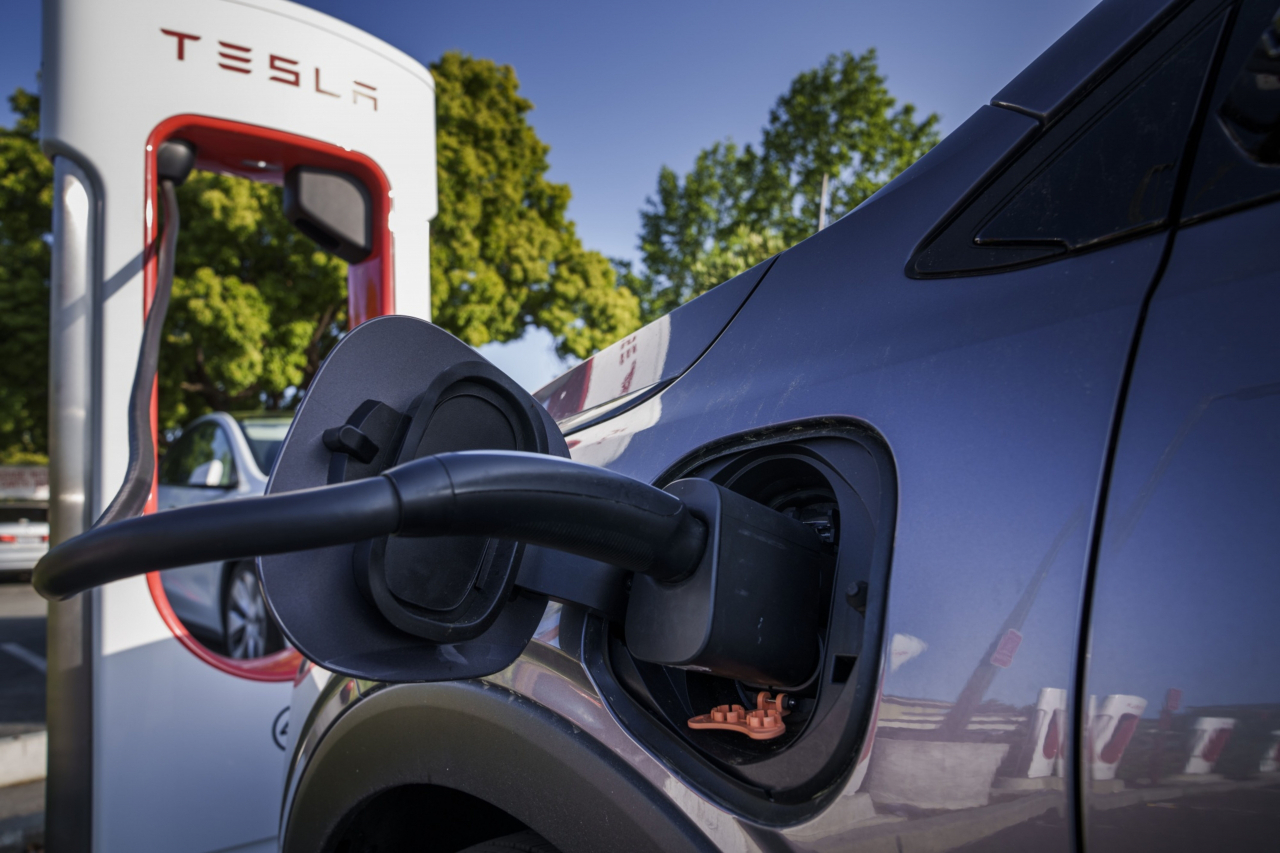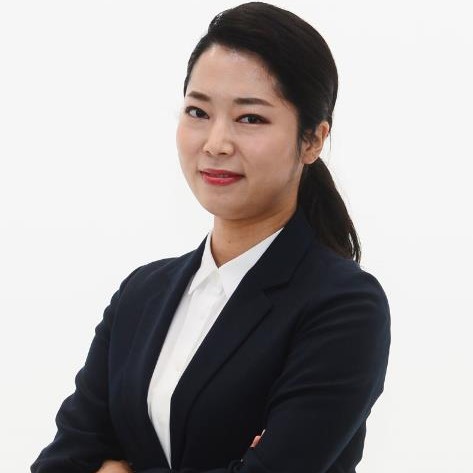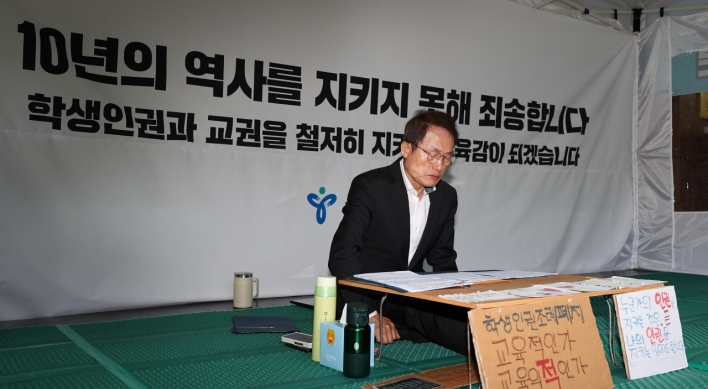[KH Explains] Will Hyundai Motor stick to its own charger technology in US?
Korean auto giant rethinks EV charger strategy, with more rivals joining Tesla’s Supercharger network
By Byun Hye-jinPublished : July 10, 2023 - 15:19

Hyundai Motor Group has reportedly started discussions on its electric vehicle charger strategy as a growing number of carmakers are joining market leader Tesla’s own Supercharger network in the US, according to industry sources Monday.
“I’ve heard that Hyundai Motor Group has been holding a series of emergency meetings to tackle the issue,” an industry source close to the matter told The Korea Herald on condition of anonymity. “The carmaker has been preparing to bolster its own fast-charging stations, E-pit, in North America after its expansion mostly in South Korea and Southeast Asia. But given the recent circumstances, the carmaker is likely to put the brakes on the network expansion.”
Hyundai has been using the Combined Charging System or CCS that can supply power to its popular EV models, including Hyundai’s Ioniq 5 and 6 and Kia’s EV6 and 9, equipped with 400-volt and 800-volt options. The 800V in-car system can power up cars from 10 percent to 80 percent in just 15 minutes.
Tesla’s unique charging system, called the North American Charging Standard, comes in 400-volt and 500-volt options. Its fast-charging option, Superchargers can charge from 5 percent to 55 percent in about 15 minutes, which is slower than that of Hyundai.
Their use of different standards comes from the structural difference of their chargers. Tesla’s chargers do not have a chilling device in the cable designed to reduce the temperature, which can spike during fast charging. But Hyundai’s CCS does, and as a result it is heavier and thicker than Tesla’s.
Hyundai, the world’s third-largest carmaker, now faces a dilemma: Adopting Tesla’s charger standard might take away its chance to become a leader in the burgeoning EV market, while if it sticks to its own charger standard, it could lose customers seeking more accessible charging services.
The source said Hyundai might stand a chance if it creates a coalition with other carmakers such as the German Big Three – Mercedes-Benz, BMW and Audi – who use the same charging standard as the one adopted by Hyundai. But uncertainties are growing, as Mercedes-Benz announced it was joining the Tesla network over the weekend.
“If Hyundai and Kia cars use Tesla’s NACS by connecting a coupler or adapter on the charger, they will be unable to use their proprietary ultra-fast charging system, inevitably increasing the charging time from the current 15 minutes to some 30 to 40 minutes,” the source added. “This means Hyundai and Kia might lose one of its key selling points -- faster charging time than Tesla.”
Hyundai Motor Group CEO Chang Jae-hoon also shared similar concerns on the matter during a press conference on June 20, saying that using Tesla’s chargers might not deliver the best customer value.
But a growing number of global automakers, which have used CCS plugs, are joining “team Tesla” mostly to cut their costs in providing chargers in the US. After GM and Ford, which together with Tesla have a 74 percent market share in EVs in the US, Rivian and Volvo also announced they will adopt the EV maker’s charging standard. Volkswagen is also mulling whether to work with Tesla.
Hyundai and Tesla allow drivers to use both charging types in other markets, but in the crucial US market, Tesla is creating its own charging network by luring more carmakers to join the network, limiting compatibility with the CCS system.
Tesla operates 19,700 charging ports in the US at approximately 1,800 stations, while there are 10,500 CCS ports at around 5,300 stations, according to the US Energy Department.
Industry watchers say if the Tesla-led coalition continues to expand, more drivers are likely to flock to the cars with NACS chargers rather than using an additional CCS plug, at least in the US. Ford and GM have already announced that their cars will come with built-in Tesla plugs from 2025.
Experts here remained mixed about Hyundai’s possible shift in its EV charger strategy.
Lee Ho-geun, a car engineering professor at Daeduk University, stressed that it is too soon for Hyundai to piggyback on Tesla's charging network because the competition has just started among EV makers.
“Siding with Tesla also comes with the risk of losing customers because the rival’s charging network will further expand and attract more customers,” he said.
Park Cheol-wan, a car engineering professor at Seojeong University, on the other hand, said there were advantages to the NACS plug option.
“A deal with Tesla will offer a boon for Hyundai in securing more customers who prefer a convenient changing network,” he said. “Hyundai has already secured a competitive edge in technology. The carmaker could come up with a solution to offering its fast-charging service even with the Tesla charger.”




![[KH Explains] No more 'Michael' at Kakao Games](http://res.heraldm.com/phpwas/restmb_idxmake.php?idx=644&simg=/content/image/2024/04/28/20240428050183_0.jpg&u=20240428180321)













![[Herald Interview] Mistakes turn into blessings in street performance, director says](http://res.heraldm.com/phpwas/restmb_idxmake.php?idx=652&simg=/content/image/2024/04/28/20240428050150_0.jpg&u=20240428174656)
